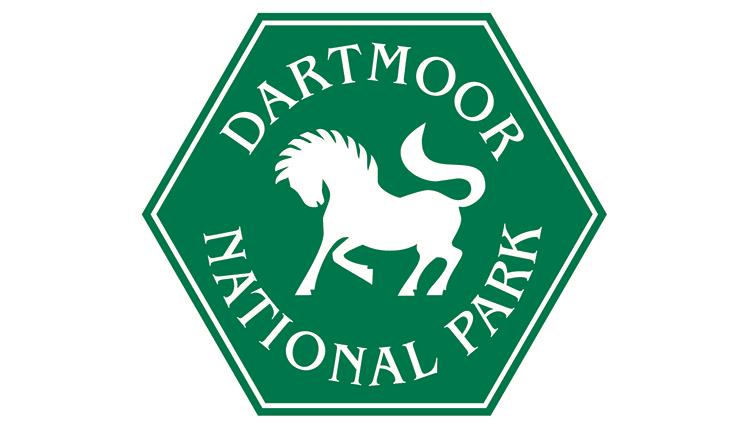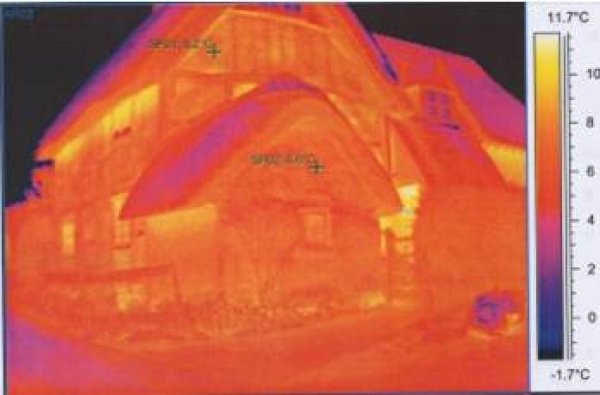Ongoing research by the SPAB is providing convincing evidence to support our long-held contention that the thermal performance (U-value) of old, solid walls is frequently better than assumed and use of ‘breathable’ (‘vapour-open’) insulation minimises the risk of elevated moisture levels that can harm not only traditionally constructed (pre-c1919) buildings but their occupants’ health.
Research
The SPAB has developed a body of knowledge based on extensive practical experience over many years. More recently, we have complemented this with some targeted on-site research, notably into the energy efficiency of old buildings. Good information for their successful repair can be hard to obtain from general observation or laboratory investigations alone.
Most research by others has concentrated on the needs of those dealing with new buildings. ‘Traditional’ (pre-c1919) buildings differ fundamentally from modern ones, however, in terms of their construction and performance. These differences must be respected by those undertaking work on older buildings, otherwise problems can arise – not only aesthetic damage but deterioration of the fabric and harm to the health of occupants.
The Society has been particularly keen to investigate whether older buildings are as thermally inefficient as frequently assumed and the effects on building performance of different approaches to upgrading the energy efficiency of such properties, including long-term alterations to moisture levels within walls and the importance of whether of not insulation is breathable.
Our energy efficiency research has comprised three main strands:
- Fabric heat loss through traditionally constructed walls
- Fabric heat loss, air tightness, moisture behaviour, indoor air quality, comfort and fabric risk both before and after renovation (the building performance survey)
- Tests to compare results against established hygrothermal modelling systems
Technical advice line
How we are funded
The SPAB is grateful to Historic England for supporting the technical advice line. The SPAB's technical research is supported by Historic England, Historic Environment Scotland, Dartmoor National Park Authority and Glasgow Caledonian University.





